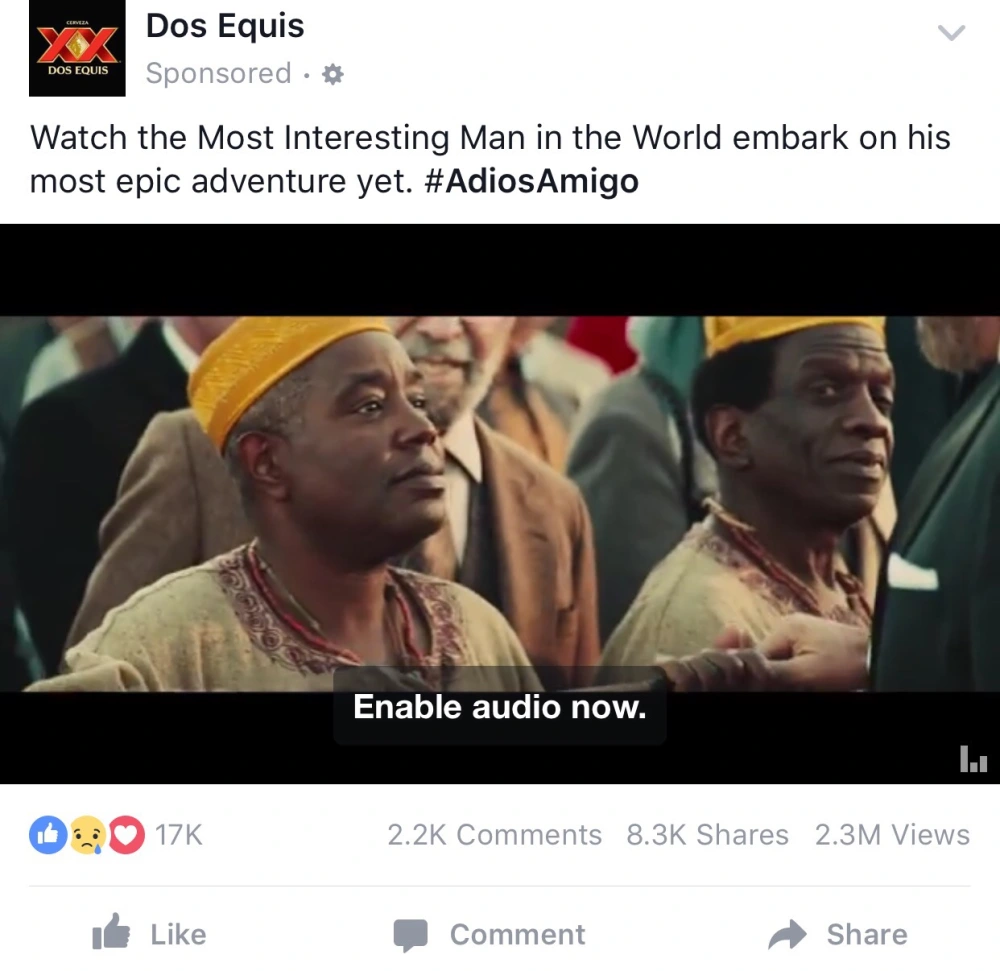
Twitter has been eating Facebook’s lunch recently – and I’m loving it. They’re moving quicker and breaking more things than the Facebook crew… and those things they’re breaking are barriers and ad revenue goals.
One thing, though, stands in the way of Twitter and true success in the ad space – Location.
They’ve Been Thinking About Location Before
It’s something the Twitter team dealt with even before Twitter was Twttr – back when it was a Jack/Noah/Ev concept. At that time, Dodgeball was buzzing in NYC, letting people drop notes to their friends, via SMS telling them where they were. Odeo was dying and Apple was gobbling up any podcasting goodness out there as the “status” idea started to morph into something.
Dodgeball, as we all know (or maybe not because I’m learning not everyone is a nerd like me) was eventually bought by Google – which them shut it down. However, it was resurrected as another playground game-named service as (you guessed it) Foursquare!
Location. Location. Location.
Since early on, Twitter’s mobile applications (and indeed its API) have let users share location data with Tweets. How much that actually is used varies depending on which report/study you read (and how they’re done). A USC study and resulting app says one in five tweets carry identifiable location data – either actively shared or in metadata. That number seems much higher than the previously assumed 1-3% that’s been discussed around the net for years.
That low number starts to provide a hurdle when looking to have an active part in that all-important proximity to point of purchase for Twitter.
The Mobile Holy Trinity
They’re already pushing hard in the mobile game with their MoPub buy (which will bring rich content experiences to the mobile Twitter feed soon – and holy crap it’s going to be awesome) and their opening up the ability to created Tailored Audiences, essentially bringing actual retargeting to mobile devices via data partners.
If Twitter could (and it’s going to take more than tech – a change in user behaviour) connect the three: rich ad units, retargeting, and location… you might as well just give them the advertising prize for a social network right then and there.
So, how do they do this?
That’s a tough question, and one that teams at Twitter are no doubt toiling with. Content that’s being targeted to users based on location now is only taking into account location data entered by users in their profiles – an imperfect targeting solution, but effective enough for brand campaigns aimed at increasing recognition and other “softer” metrics.
If Twitter wants to build confidence among traditional retailers and businesses, they’ll need to get closer to the register.
Change The Rules
While not ideal, changing the terms of service to allow Twitter to use real-time mobile device GPS coordinates to serve content is a way forward. The company is already testing a “Nearby” function that lets users see content being published in their vicinity. It’s only a short step from that to using the same location info for ads.
Likelihood: Medium
TwitSquare
Buy ’em. Foursquare has been struggling the past few years. The app is great – don’t get me wrong. They’re just not proving a great platform for brands to bet on. Crawley is trying his ass off and I think they’ll get it right eventually, but will it be too late?
If Twitter could buy Foursquare and get some of the “here I am” goodness from that platform to rub off on Twitter (not to mention all the local business recommendations, etc.) it could offer a whole new dimension to their platform.
Likelihood: Low/Medium
Get Physical, Physical

I probably talk about these at least once a day, but iBeacons! iBeacons! iBeacons! If Twitter invested in this technology and linking it with their platform, push messages could be sent to users when they were browsing near products.
Likelihood: Medium
The Full-on Dream Sequence Scenario
This is how it’d go down in a perfect world, a literal combo punch of everything above.
It’s June 2014. Twitter, having just bought Foursquare in February is rolling out the latest version of their app – complete with Foursquare’s location-aware push notifications. John is walking near Regent St. and gets a push notification from Twitter: it’s a rich ad unit showing the nearest Gap stores to him (there are 3) and advertising their 30% off sale. John clicks he location that’s also right next to an Itsu because he is craving some sushi.
When John enters the Gap store, his phone vibrates, welcoming him to the store and reminds him that he was looking at some of the new 1969 Original Skinny Jeans and a cardi on the website earlier – then it points him to where they are in the store.
When John wanders over to the denim section, the iBeacon near the Original Skinny Jeans beams info on the jeans to his phone along with a special, Email subscriber only deal for an additional 10% off denim (because Gap knows John loves denim).
John goes to the register, pays with his phone (because I’m pretending we’ll all be doing that next year), and leaves the store. Since his digital wallet is linked with his email and store accounts for brands like Gap, H&M, JCrew and more, John gets a Tweet after he’s a block away telling him to drop them a Tweet about how the new jeans fit and linking him to a customer satisfaction survey.
At the End of the Day
We may be a little further off from that than I’d like, but right now Twitter is flying toward that reality at full speed. If they can crack the location issue, I think they make an incredibly strong case for being one of the most-important marketing tools of our time (even more so than they already have).
51.525785
-0.098050












